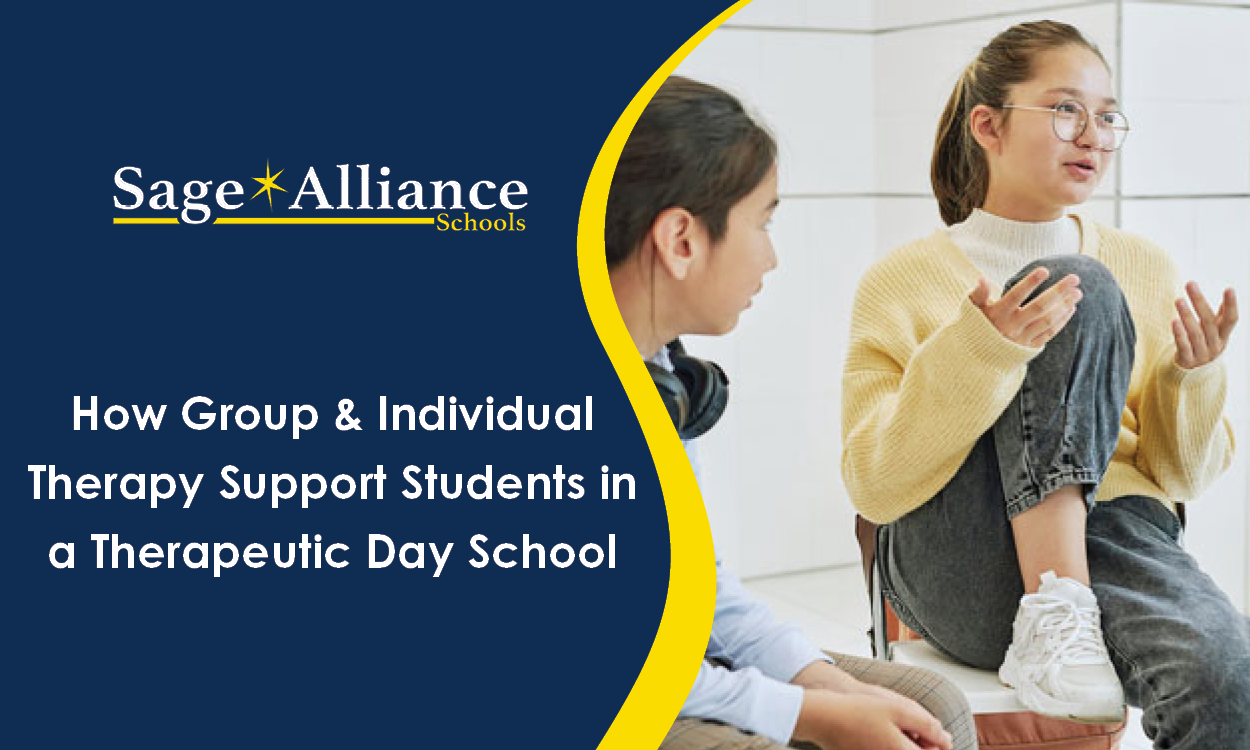5 Important Facts About Adolescent Mental Health Issues
Posted: December 11, 2018 | Written By: Holly Ference | Category: Teen Depression

Understanding mental health issues in adolescents is important for their futures, and the future of our youth as a whole. To best help an adolescent struggling with mental health issues, you must first understand what they are going through and how common mental health issues really are.
1. Most Common Mental Illnesses
The most common mental illnesses in adolescents are anxiety, mood, attention, and behavior disorders. Often, signs of a mental health issue can be visible to others, but not all of the time. More visible warning signs can include panic attacks, alcohol and/or drug use, school refusal, lack of focus and other social, emotional and academic cues. Signs that are less visible can include social isolation in school and at home, personal thoughts about creating a plan to harm yourself and/or others and suicide.
2. 20% of Teenagers Experience Mental Health Issues
Mental health issues in teens are more common than you might think. Without early detection and proper treatment, minor mental health issues can become a much bigger problem later on. About 20% of children and youth, aged nine to seventeen, currently have a diagnosable mental health disorder that causes some degree of impairment. It is important for parents not to have the mindset that your child is immune from mental health issues. Though it can be difficult for some, find the right moment to talk openly about mental health with them so they can feel comfortable talking with you, if they ever feel the need to.
3. Death by Suicide Rates in Young People
Suicide is the third leading cause of death in young people between the ages of ten and twenty-four. Detecting and treating mental health issues is the first step in preventing suicide. Creating a welcoming and comfortable environment for a teen to feel safe in openly communicating with others is important too. Any sign of suicide or suicidal thoughts should not be taken lightly and should be reported immediately to the appropriate individuals.
4. Early Detection is Vital
One half of all mental health issues begin developing before the age of fourteen and three-quarters of these issues start before the age of twenty-four. With this in mind, early detection and treatment is important. Growing up in poverty, witnessing or being the victim to abuse or trauma, family history of mental health issues and other factors such as injury can all contribute to developing mental health issues.
5. 10% of Affected Adolescents are Significantly Impaired
About 10% of adolescents who struggle with mental health issues are significantly impaired. Without necessary treatment, it is likely their condition can worsen, making it more difficult to treat down the road. Significant impairment can mean experiencing difficulties in academics, social abilities and emotional/ mental development.
At Sage Day, we are here to help. Depending on the circumstances of the case, there are many different ways in which a therapeutic school setting can help, including phone consultations, individual, group, and family counseling, comprehensive needs and suicide risk assessments, and proactive school mental wellness.
Want to be notified of new articles and resources from Sage Alliance? Click here to submit your email and opt into our newsletter.









